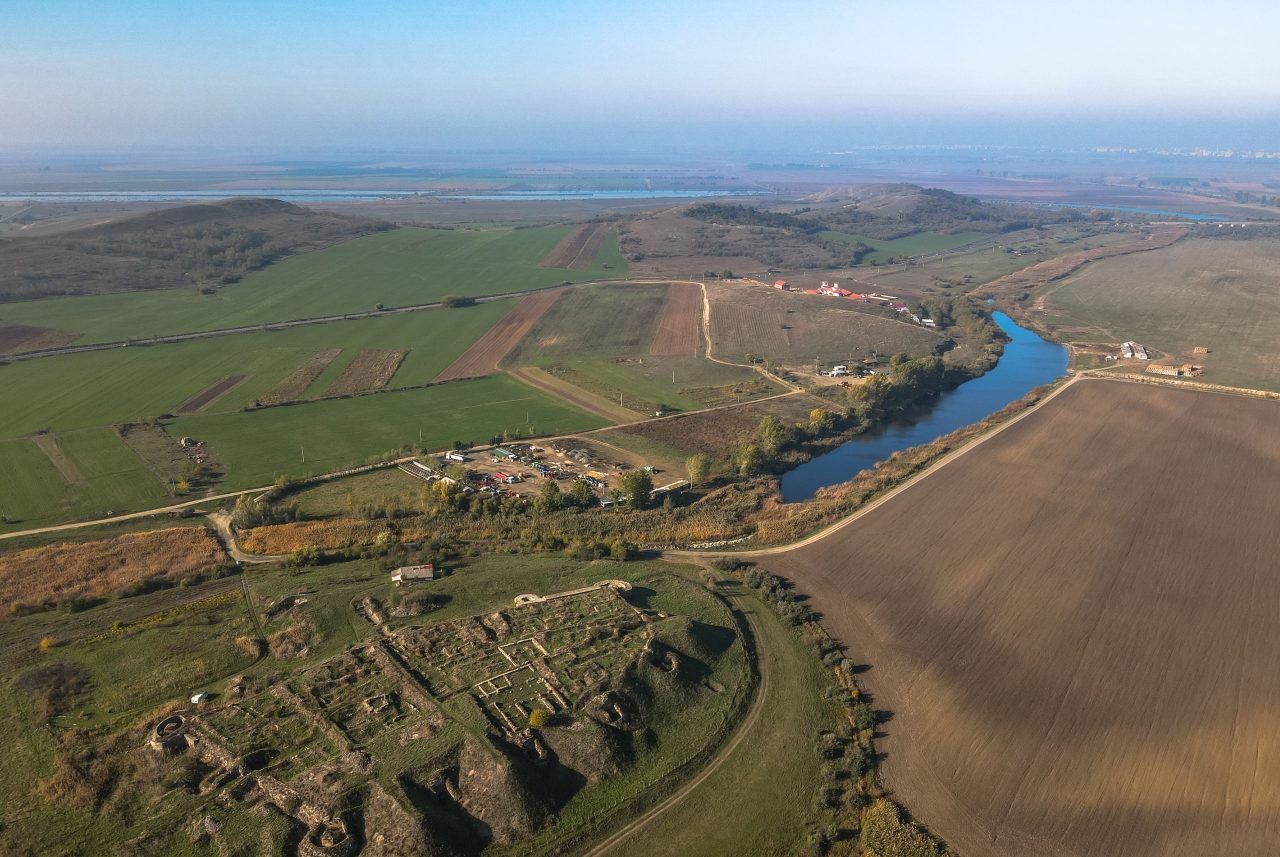The Fortress of Dinogetia stands as a testament to the rich tapestry of history woven through the ages. Nestled in the northeast of Romania, this ancient bastion has seen the rise and fall of empires, serving as both a military stronghold and a cultural melting pot. From its initial establishment in the Roman period to the defense against invasions, Dinogetia’s walls have echoed with tales of power, resilience, and transformation. Piecing together its history provides insight into the civilizations that once thrived along the Danube’s mighty banks.
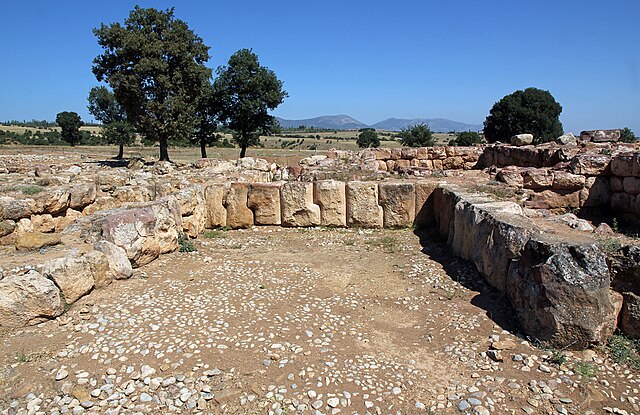
Sapinuwa
Deep in the heartland of Turkey lies the ancient city of Sapinuwa, a hidden gem that once thrived during the Bronze Age. Believed to have been a major Hittite city, Sapinuwa offers a unique glimpse into an age-old civilization. Preserved through time, the city’s ruins tell the story of a culturally rich and strategically significant metropolis. With ongoing archaeological research, Sapinuwa continues to reveal secrets of the Hittite empire, from their advanced urban planning to their enigmatic religious practices. Visitors and historians alike are drawn to its enduring legacy, making it a focal point for those passionate about ancient Near Eastern history.
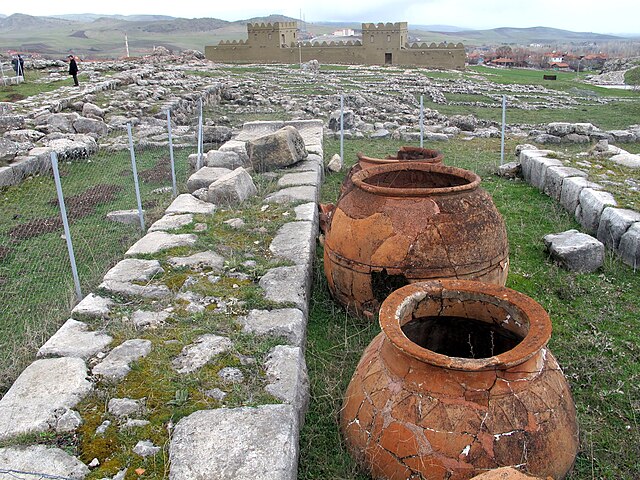
Hattusa
Hattusa, the ancient Hittite capital, sits in modern-day Turkey. This UNESCO World Heritage site echoes the power of a civilization that thrived over 3,000 years ago. Its impressive ruins spread across the landscape, including grand gates, temples, and towering fortifications. Visitors can connect with history by walking the ancient walls and exploring the royal archives. These contain fascinating cuneiform tablets that reveal secrets of the past. Hattusa is not just a testament to the Hittite empire; it forms a bridge between the modern world and ancient societies. Explorers and history buffs will find themselves transported to a time of innovation, conflict, and mythology.
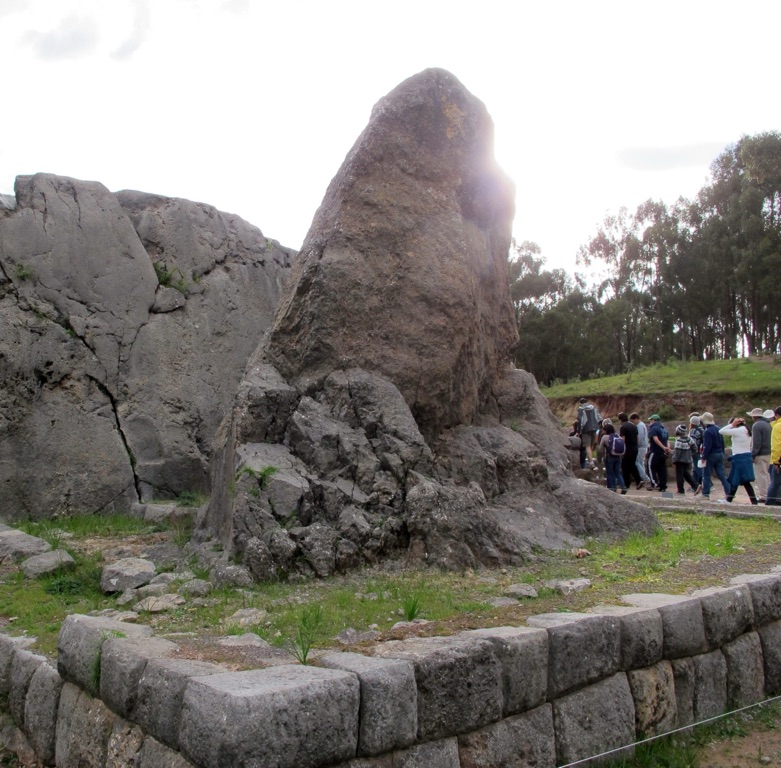
Q’enqo
Q’enqo is a unique archaeological gem located near Cusco, Peru. This ancient Inca site, also known as Kenko, holds a deep cultural significance. As a ceremonial center, Q’enqo was a place where Incas honored the sun, moon, and stars. Its name derives from the Quechua word meaning ‘zigzag,’ possibly due to the labyrinth-like channels carved into its rocks. These channels are thought to have been used for sacred rituals involving the flow of chicha or perhaps blood during sacrifices.
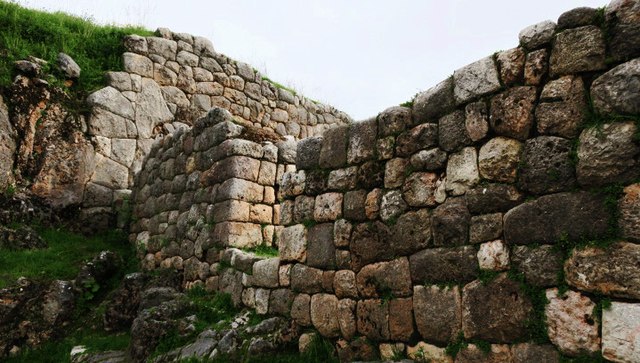
Puca Pucara
Puca Pucara stands out as a captivating historical site near Cusco, Peru. Its name, translating to ‘Red Fortress’, hints at its past military importance. Visitors marvel at the remains of walls, terraces, and staircases. They reflect the strategic design of the Incas. Scholars believe it served as a guard post along the Incan road system. It was a place to rest for travelers and an administrative center. Tales of ceremonial practices also emerge from its storied past. This site provides an invaluable window into ancient Incan civilization.
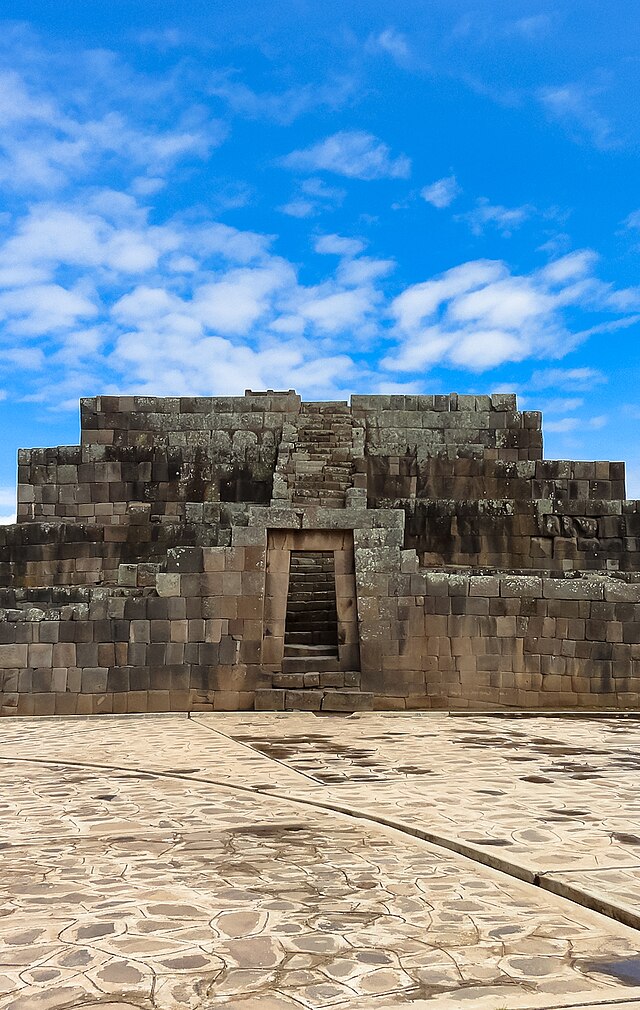
Vilcashuamán
Vilcashuamán, nestled in the Andes, stands out as a testament to Inca engineering and culture. This ancient site once served as an administrative center, showcasing the Inca’s strategic urban planning. Each structure had a purpose, from religious ceremonies to astronomic observation. Today, travelers can marvel at the Temple of the Sun and the ushnu, or ceremonial platform. These remain stark reminders of the Inca’s reverence for nature and their deities. The solid stonework and precise alignment with celestial bodies highlight their mastery over the environment. By exploring Vilcashuamán, we gain insight into the Inca civilization’s advanced societal structure and deep-rooted spirituality.

